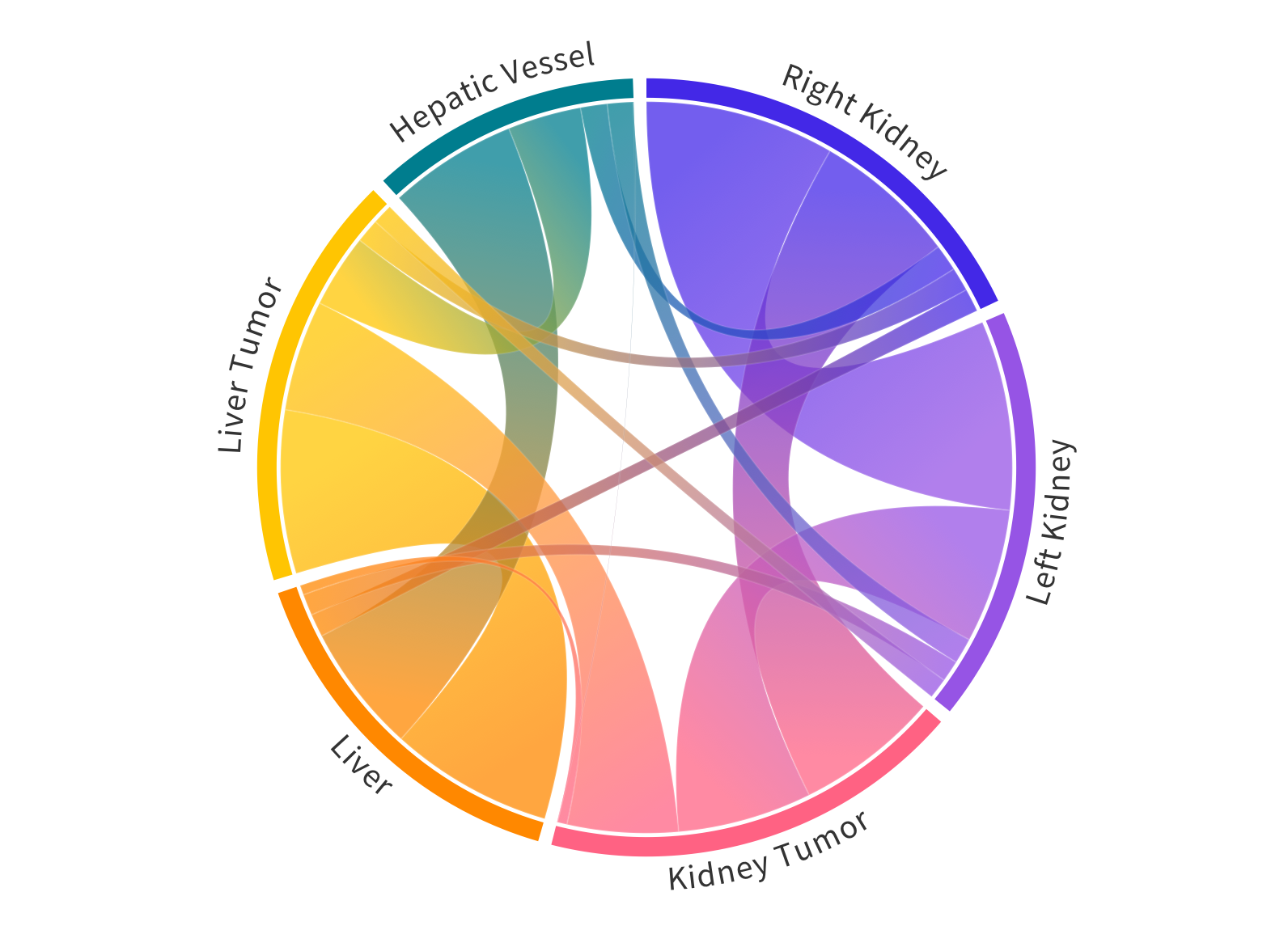CLIP-Driven Universal Model for Organ Segmentation and Tumor Detection
An increasing number of public datasets have shown a marked impact on automated organ segmentation and tumor detection. However, due to the small size and partially labeled problem of each dataset, as well as a limited investigation of diverse types of tumors, the resulting models are often limited to segmenting specific organs/tumors and ignore the semantics of anatomical structures, nor can they be extended to novel domains. To address these issues, we propose the CLIP-Driven Universal Model, which incorporates text embedding learned from Contrastive Language-Image Pre-training (CLIP) to segmentation models. This CLIP-based label encoding captures anatomical relationships, enabling the model to learn a structured feature embedding and segment 25 organs and 6 types of tumors. The proposed model is developed from an assembly of 14 datasets, using a total of 3,410 CT scans for training and then evaluated on 6,162 external CT scans from 3 additional datasets. We rank first on the Medical Segmentation Decathlon (MSD) public leaderboard and achieve state-of-the-art results on Beyond The Cranial Vault (BTCV). Additionally, the Universal Model is computationally more efficient (6x faster) compared with dataset-specific models, generalized better to CT scans from varying sites, and shows stronger transfer learning performance on novel tasks.
PDF Abstract ICCV 2023 PDF ICCV 2023 Abstract




 Medical Segmentation Decathlon
Medical Segmentation Decathlon
